
A Glaring Issue – Transportation of Fluorescent Lamps
Sometimes, hazardous materials are obvious things. Tank trucks of gasoline, for example. Or boxes of dynamite with their orange labels showing a violent explosion. But some hazardous materials can be more subtle. An aerosol can of air freshener. A cell phone with a lithium battery. Or even fluorescent lamps.
Yes, fluorescent lights, or at least the bulbs or lamps, are hazardous materials. They actually contain mercury, one of the classic hazardous industrial chemicals. Not a lot of mercury is contained per lamp, but enough that the regulators had to do some work to make them simple to ship yet protect people (and particularly the environment) from the emissions if they are damaged during transport.
The Problem – Mercury-Containing Lamps
The issue of mercury in lamps, particularly fluorescent lamps, has become larger since the public has been encouraged to use more energy-efficient light sources than the standard incandescent bulbs. Mercury is a common ingredient in lamps that produce light by creating a mercury plasma which emit ultraviolet light. This light is then converted into visible light frequencies using a fluorescent coating on the inside of the lamp, which glows when irradiated with ultraviolet. While they are the most common type of mercury-containing light, other lamps can contain mercury such as:
- some types of neon signs;
- cold-cathode fluorescent light bulbs (CCFL) used in older models of televisions and monitors;
- some types of automobile headlights;
- lights used in tanning beds;
- some types of black lights;
- ultraviolet germicidal lamps;
- some grow lights used for plants;
- tank lights for lizards, snakes and other animals.
Environment Canada notes “[t]o know if a lamp contains mercury; look for the symbol ‘Hg’ on the bulb or the fixture, or for the statement ‘Contains mercury’ on the packaging or its manual.”
Mercury metal itself is classified as UN2309, MERCURY, but of course the risk of fluorescent bulbs, each containing a tiny amount of mercury (normally not more than 100 mg per lamp) is a very different situation than the actual liquid metal. So, over time, regulations were revised to make shipping fluorescent lamps easier, particularly for consumer users.
US Shipments
First, let’s look at the United States and the “Hazardous Materials Regulations” (HMR) of Title 49, Code of Federal Regulations (49 CFR). Lamps are now classified under “Mercury contained in manufactured articles,” UN3506, rather than “Mercury,” UN2309. For UN3506, we start by going to the Hazardous Materials Table in section 172.101. Here we see that in Column A there are notes “A” and “W,” which mean this entry is only applicable for air and water. Since there is no second entry for this UN number, we can conclude that such articles are not regulated for ground transport unless we exceed the Reportable Quantity for mercury per package.
“Reportable Quantities” (RQs) are a U.S.- only environmental designation, that can make normally non-hazardous materials be subject to the HMR. For mercury, the RQ is designated as one pound or 0.45 kilograms. Since lamps usually contain no more than 100 mg of mercury each, it is unlikely most packages would exceed this. However, if they did, the package would have to be transported as an environmentally hazardous substance in Class 9, Miscellaneous Hazardous Materials.
As a follow-up for lamps, there is an “exceptions” section for UN3506, section 173.164. This section tells us that for individual packages containing less than the RQ (one pound (0.45 kg)) of mercury per package, we can consider them not subject to the HMR for non-waste shipments by air and vessel. (In any mode, note that the limit is per package, not a total per shipment.)
If you wish to transport waste fluorescent bulbs for disposal, the Environmental Protection Agency (EPA) has a special set of requirements for “universal wastes.” There are reduced requirements for universal wastes compared to normal hazardous wastes, such as they can be shipped for disposal without a hazardous waste manifest and do not need a licensed hazardous waste hauler. More detail about how to ship lamps as universal wastes can be found in Title 40 of the Code of Federal Regulations, section 273.5.
Canadian Shipments
In the Canadian Transportation of Dangerous Goods Regulations (TDGR), we can also find UN3506 listed in Schedule 1 (the equivalent of the Hazardous Materials Table in 49 CFR). However, from that point, the Canadian regulations address the issues of fluorescent lamps differently. This UN number has one special provision, 127, which sums up the treatment of lamps in a simpler manner.
This special provision states:
“These Regulations, except for Part 1 (Coming into Force, Repeal, Interpretation, General Provisions and Special Cases) and Part 2 (Classification), do not apply to the handling, offering for transport or transporting of articles containing a quantity of mercury that is less than or equal to 1 kg that are transported on a road vehicle, a railway vehicle or a vessel on a domestic voyage.”
So as long as each “article” (that is, each lamp) contains not more than one kilogram of mercury, they are not regulated for road or rail shipment, or shipment by vessel within Canadian jurisdiction.
Canada is a little unusual in that the TDGR does not ever mention the word “lamp,” or provide any additional rules specific to them.
Canada does not have a federal “universal waste” provision for fluorescent lamps. So, if you wish to dispose of waste fluorescent lamps, you must consult your provincial or territorial waste regulations for further guidelines. Many municipalities may have procedures for both consumer and commercial disposal, so don’t forget to check with your local waste recyclers also.
Air Shipments
In the IATA Dangerous Goods Regulations (DGR) for air transport, there is yet a different approach to articles like mercury-containing lamps. There is a special section on “lamps containing dangerous goods” (section 1.2.11) which states:
“The following lamps are not subject to these Regulations if they do not contain radioactive material:
(a) lamps each containing not more than 1 g of dangerous goods and packaged so that there is not more than 30 g of dangerous goods per package, provided that:
-
-
- the lamps are certified to a manufacturer’s quality management system; and…
- each lamp is either individually packed in inner packages, separated by dividers, or surrounded with cushioning material to protect the lamps and packed into strong outer packagings meeting the general provisions of 5.0.2.4.1 and capable of passing a 1.2 m drop test.”
-
A note to this section indicates that “the application of ISO 9001:2008 may be considered acceptable” as a manufacturer’s quality management system, although others might also be used.
In the case of a lamp tube that contains more than 1 gram of mercury, it may be transported by air under Packing Instruction 869, but would require the normal marking and labelling for dangerous goods by air, as well as a Shipper’s Declaration for Dangerous Goods.
Marine Shipments
Finally, what if you want to ship your lamps internationally by marine transport? This involves using the International Maritime Dangerous Goods Code (IMDG). When you look up the information for UN3506, the entry has one special provision, 366. This states simply:
“Manufactured instruments and articles containing not more than 1 kg of mercury are not subject to the provisions of this Code.”
However, the text also contains instructions specific to “lamps containing dangerous goods.” In section 1.1.1.9, the Code says:
“The following lamps are not subject to this Code provided that they do not contain radioactive material and do not contain mercury in quantities above those specified in special provision 366 of chapter 3.3:
.1 lamps that are collected directly from individuals and households when transported to a collection or recycling facility;
.2 lamps each containing not more than 1 g of dangerous goods and packaged so that there is not more than 30 g of dangerous goods per package, provided that:
(i) the lamps are manufactured according to a certified quality management system; and …
(ii)each lamp is either individually packed in inner packagings, separated by dividers, or surrounded with cushioning material to protect the lamps and packed into strong outer packagings meeting the general provisions of 4.1.1.1 and capable of passing a 1.2 m drop test.
.3 used, damaged or defective lamps each containing not more than 1 g of dangerous goods with not more than 30 g of dangerous goods per package when transported from a collection or recycling facility…”
Conclusions
While they may look innocuous, fluorescent lamps do contain small amounts of mercury, an extremely hazardous chemical. Some jurisdictions, such as California, are looking to phase them out entirely. But in the meantime, remember that normal fluorescent bulbs and tubes are usually not subject to the requirements of most dangerous goods/hazardous materials transportation regulations, as long as they are properly packed to prevent breakage. Waste lamps should be transported according to the environmental regulations of the area you’re in.
ICC the Compliance Center can help you determine if you have special articles or materials that are regulated for transport. If you have any questions, our team of experts is just a call away for our customers at 855.734.5469 or send us an email, we’re happy to help
We can help you select the best way to ship your products.
Stay up to date and sign up for our newsletter!
We have all the products, services and training you need to ensure your staff is properly trained and informed.
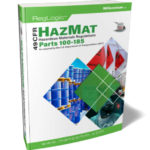 49 CFR Publications |
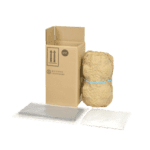 Lithium Battery Shipping Kit |
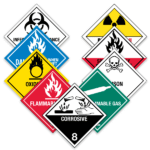 Hazard Class Labels |
Sources:
Wikipedia, “Fluorescent lamp”
The National Institute for Occupational Safety and Health (NIOSH), Mercury
U.S. Environmental Protection Agency, “Health Effects of Exposures to Mercury”
U.S. Department of Transportation, “Hazardous Materials Regulations”
Transport Canada, “Transportation of Dangerous Goods Regulations”
EU/European Commission, “Energy-Saving Lamps & Health”
Environment Canada, “Products that contain mercury: lamps”
International Standards Organization, “ISO 9001 and related standards”
Environment and Climate Change Canada, Code of Practice for the Environmentally Sound Management of End-of-life Lamps Containing Mercury
Lighting Solution Development, “Canada Proposing to Ban HID Lamps in Addition to Fluorescent”

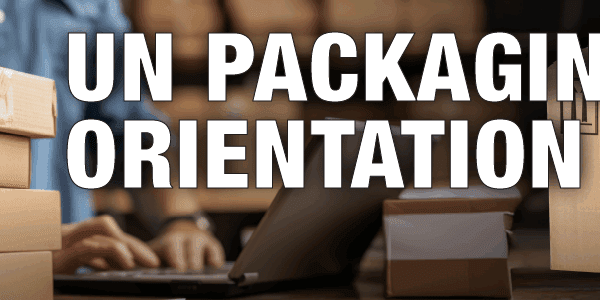
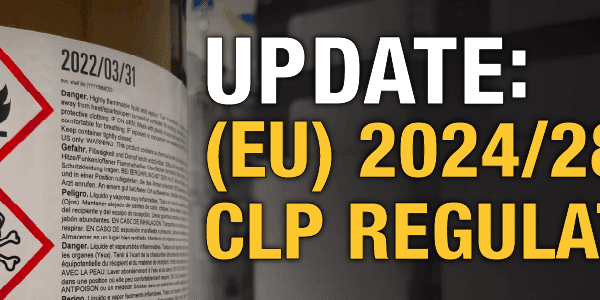
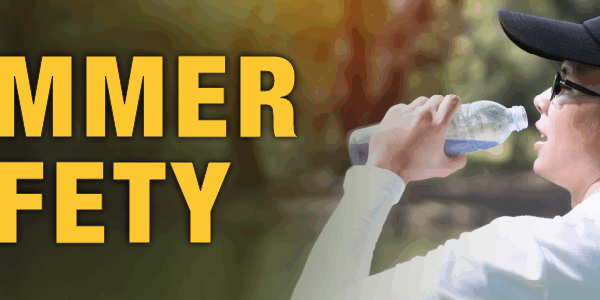


 ICC USA
ICC USA ICC Canada
ICC Canada